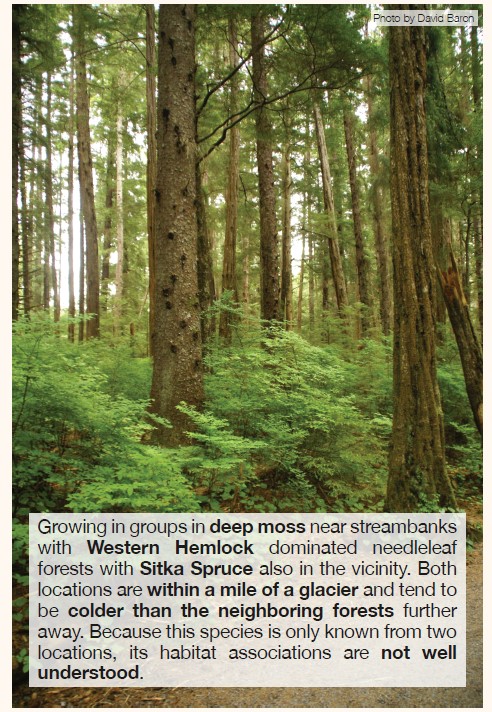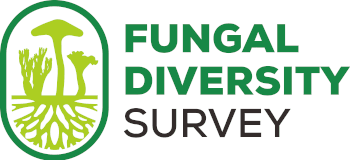FunDiS West Coast Rare Fungi Challenge



Description
What else could it be?

Never eat wild mushrooms without a confident identification!
Contact Poison Control if you think you have eaten a poisonous mushroom: 1-800-222-1222
When & Where?


Habitat

More information
doi:10.2305/IUCN.UK.2019-1.RLTS.T95384525A95385504.en.
Siegel, N. 2014. Lactarius cordovaensis. Mycota of Alaska.
alaskamycoflora.org/genera/lactarius/lactarius-cordovaensis.php
Siegel, N. 2014. Lactarius uvidus. Mycota of Alaska.
alaskamycoflora.org/genera/lactarius/lactarius-uvidus.php
iNaturalist (0 obs.):
inaturalist.org/taxa/1159373-Lactarius-cordovaensis
Mushroom Observer (0 obs.): mushroomobserver.org/name/show_name/44643
What to do if you find it:
Make an observation
 The first thing to do is to record your observation. We prefer to use the iNaturalist app for that (visit www.iNaturalist.org to learn more), but you could also upload your observation to Mushroom Observer (visit www.MushroomObserver.org). The QR code to the right will take you to the Fungal Diversity Survey (FunDiS for short) website to explain how to contribute to the project.
The first thing to do is to record your observation. We prefer to use the iNaturalist app for that (visit www.iNaturalist.org to learn more), but you could also upload your observation to Mushroom Observer (visit www.MushroomObserver.org). The QR code to the right will take you to the Fungal Diversity Survey (FunDiS for short) website to explain how to contribute to the project.The best thing you can do is take lots of photographs and notes. Typically, smartphones will automatically georeference any photos taken, but it is good practice to note your exact location, preferably with GPS coordinates, and be sure to note what trees are nearby, and any other salient features. For example, was the mushroom growing under a hemlock, or a Douglas fir? Did it have a particular smell?
Collect a specimen
If you are in an area where it is allowed and have any necessary permits, we strongly urge you to create a vouchered collection. This means a dried specimen for deposit in a herbarium, where researchers can access it for things like DNA sequencing. If you don’t know how to do this, please see:
fundis.org/sequence/sequence/dry-your-specimens
In California, collecting mushrooms is usually allowed in National Forests with a permit. Permits can be obtained at the headquarters of the National Forest you're visiting, and are usually inexpensive or free. However, restrictions vary among the individual National Forests, so make sure to find out the specifics when picking up your permit. In Oregon and Washington, you are typically allowed to collect one gallon without a permit on most public lands; but not all, so be sure to check! In BC, collecting is allowed on Crown land without a permit, but it’s illegal to pick mushrooms in a provincial or national park.
Don’t foget to look for other mushrooms and fungi while you’re there! Since you’ve already got iNaturalist open, why not record your other finds?
Most mushrooms are like fruit: picking an apple from an apple tree doesn’t hurt the tree. In the same way, harvesting mushrooms does not generally hurt the mycelium of the fungus. We do still recommend leaving some mushrooms behind, and not picking perennial mushrooms, like brackets and conks.
Who to contact
If you think you’ve found this mushroom, and you’re not sure about any of the above, such as how to report the find, whether you can collect it, or what to do with it once you have collected it, please contact us!


